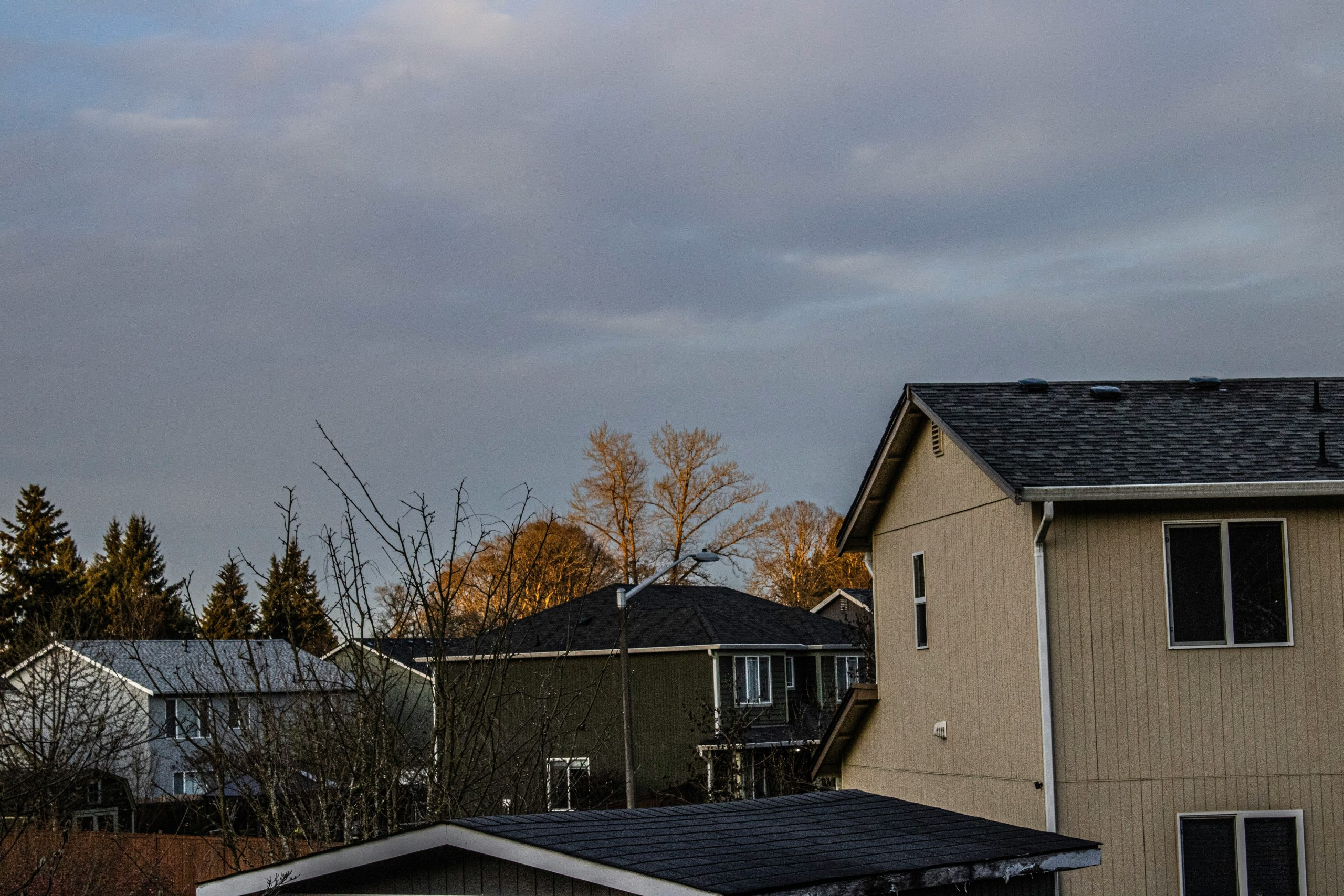Navigating Gentrification: Understanding Neighborhood Changes
Gentrification is a term that has been increasingly thrown around in recent years, especially in discussions about urban development and neighborhood changes. But what does it really mean? And how does it impact the communities it affects? In this article, we will dive into the phenomenon of gentrification and explore its root causes, effects, and ways to navigate it. Whether you are a resident of a gentrifying neighborhood or simply want to understand the complexities of urban development, this piece is for you.
The Basics of Gentrification
Defining Gentrification
At its core, gentrification refers to the process of revitalizing and renovating previously deteriorated or impoverished urban areas. This often results in the displacement of low-income residents and the influx of wealthier, usually white, newcomers. While this definition may seem straightforward, the concept of gentrification is a complex and often controversial one.
The Root Causes of Gentrification
Gentrification is often seen as a byproduct of economic and societal changes. One of the main factors is the rise of the creative class, a term coined by author Richard Florida to describe the influx of professionals in fields such as technology, design, and finance into urban areas. These individuals are typically well-educated, highly skilled, and have higher earning potential, making them attractive to real estate developers looking to create and capitalize on trendy, desirable neighborhoods.
Another driving force behind gentrification is the push for urban revitalization and redevelopment by local governments and city planners. The perceived benefits of gentrification, such as increased tax revenue and a boost in property values, make it an enticing option for struggling cities. However, these attempts at revitalization often come at the cost of displacing long-time residents and businesses.
The Effects of Gentrification
Community Displacement
The most significant and obvious impact of gentrification is the displacement of low-income residents. As the cost of living in a gentrifying neighborhood increases, many long-time residents are forced to move to more affordable areas. This not only disrupts their daily lives but also tears apart the vibrant communities they have built.
Rising Rental and Housing Costs
Gentrification also leads to an increase in rental and housing costs in the affected neighborhoods. As new developments and renovations take place, landlords can justify charging higher rents, pricing out the existing residents. This also makes it difficult for working-class families to afford to buy homes in their own neighborhoods, further perpetuating the cycle of displacement.
Cultural and Social Changes
Aside from the economic impact, gentrification also brings about cultural and social changes in a neighborhood. As newcomers move in, the character and identity of the area often shift. Small, family-owned businesses and cultural establishments may be replaced by trendy coffee shops and upscale boutiques, making it difficult for long-time residents to recognize their own neighborhood.
Navigating Gentrification
Community Organizing
One way to combat the negative effects of gentrification is through community organizing. By banding together, residents can push back against developers and local governments and demand affordable housing and protections for long-time residents. They can also work towards creating policies that promote inclusive and equitable development in their neighborhoods.
Preserving Affordable Housing
Preserving and creating affordable housing is another crucial aspect of navigating gentrification. Cities can implement policies such as rent control and inclusionary zoning to ensure that low-income residents can continue to live in their neighborhoods. Non-profit organizations and community land trusts are also working towards providing affordable housing options in gentrifying areas.
Supporting Local Businesses
As gentrification often leads to the displacement of small, locally-owned businesses, communities can show their support by shopping and dining at these establishments. By doing so, they can help these businesses stay afloat and maintain the unique character of their neighborhood.
Advocating for Equity
Lastly, it is crucial to advocate for policies and initiatives that promote equity in urban development. This means pushing for affordable housing, responsible and inclusive development, and protections for vulnerable communities. Holding local governments and developers accountable for their actions is key to creating sustainable and equitable neighborhoods.
Conclusion
Gentrification is a complex and multifaceted issue that continues to shape and reshape our cities. While it may seem like an inevitable force, there are ways to navigate and mitigate its negative impacts. By understanding the root causes and effects of gentrification and working towards inclusive and equitable development, we can create thriving and diverse communities for all. So next time you hear the term “gentrification,” remember that there is much more to it than just urban revitalization.










